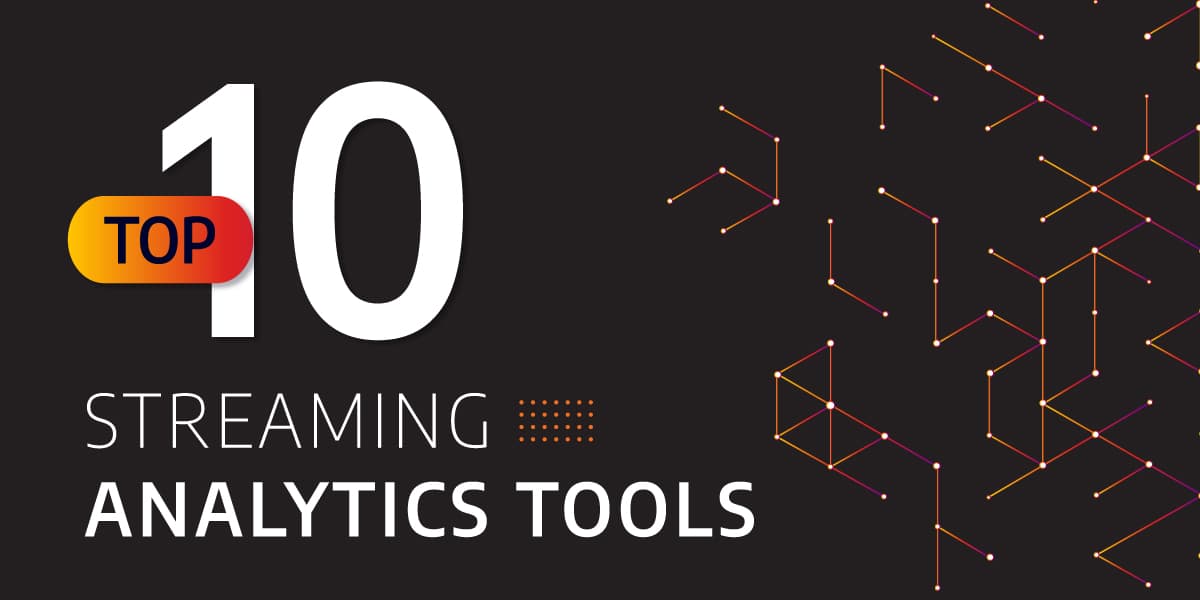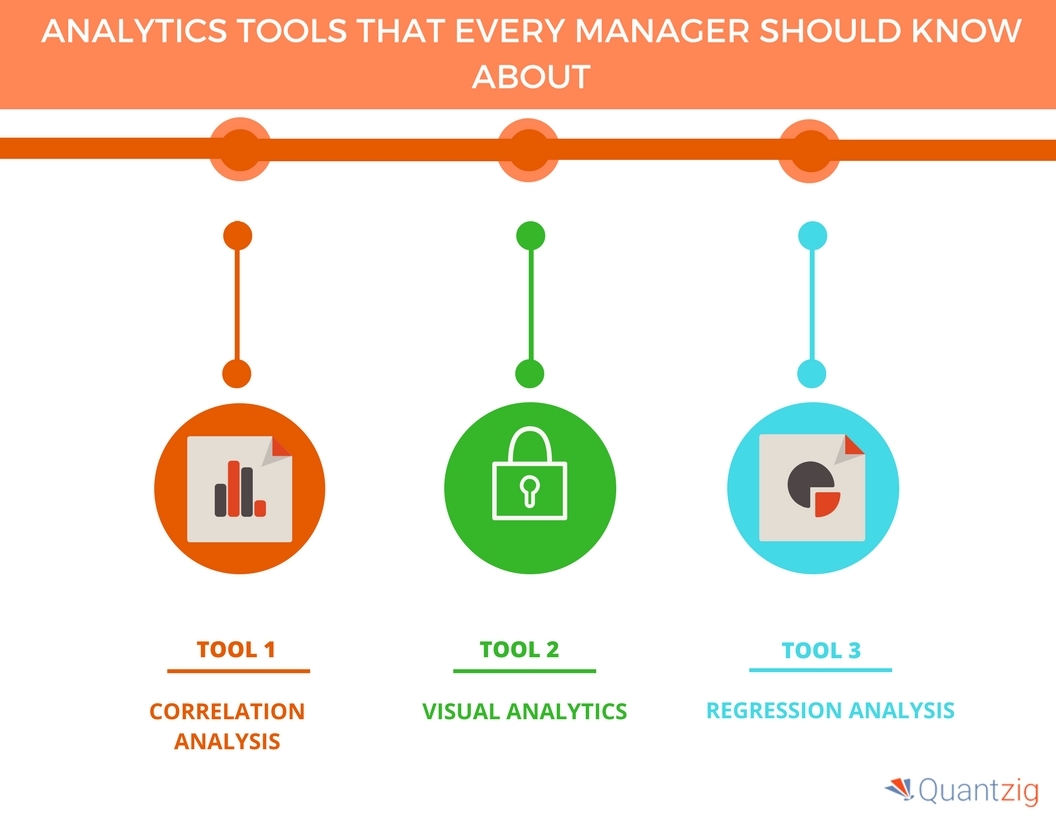Discover Hidden Opportunities with Modern Analytics Techniques
Transform Data Into Choices With Powerful Analytics Solutions
In today's data-driven landscape, organizations deal with the challenge of transforming huge quantities of information into workable understandings. Powerful analytics solutions provide the ways to navigate this intricacy, enabling organizations to use different methods that disclose underlying trends and projection future conditions. As companies significantly rely on these data-driven techniques, the possibility for boosted decision-making emerges. Nevertheless, the implementation of these options raises important questions regarding best techniques and the tangible advantages that can be acquired. What approaches can companies embrace to guarantee they are maximizing their logical capacities?
Recognizing Analytics Solutions
In today's data-driven landscape, several organizations look for to utilize analytics options to improve decision-making and drive critical campaigns. Analytics options include a large array of methodologies and devices created to examine data, essence understandings, and assistance informed decision-making. These options can be categorized into descriptive, analysis, anticipating, and prescriptive analytics, each offering a distinct objective in the information analysis process.
Descriptive analytics focuses on summarizing historic information to determine trends and patterns, giving a fundamental understanding of previous efficiency. Analysis analytics goes an action additionally by exploring the reasons behind these fads, offering much deeper understandings into effects and causes. Predictive analytics makes use of statistical versions and artificial intelligence methods to forecast future results based upon historic information, enabling companies to prepare for market shifts and client behavior.
Finally, authoritative analytics recommends activities based on predictive understandings, helping companies make informed options that align with their calculated objectives. As companies increasingly identify the value of data, recognizing these numerous sorts of analytics remedies ends up being necessary for using their full capacity. By efficiently executing these options, business can change raw information into actionable understandings that inform their service strategies and boost general performance.
Key Advantages of Information Analytics
Utilizing the power of information analytics supplies companies a multitude of benefits that can dramatically improve their functional effectiveness and competitive advantage. One of the primary advantages is enhanced decision-making. By changing raw information right into workable insights, organizations can make informed options that align with their critical objectives.
Furthermore, information analytics makes it possible for organizations to determine trends and patterns that might not be instantly noticeable. This insight allows services to anticipate market demands, optimize source allowance, and mitigate threats effectively. In addition, enhanced client understandings obtained from data analytics encourage companies to tailor their services and products, leading to boosted customer complete satisfaction and loyalty.
Price decrease is one more critical advantage, as analytics can simplify procedures and determine ineffectiveness, leading to enhanced efficiency. Organizations can utilize anticipating analytics to anticipate future outcomes, assisting in proactive techniques rather than responsive actions.
Inevitably, the integration of data analytics promotes a society of continuous improvement, urging organizations to refine procedures and introduce. By welcoming information analytics, companies not just improve their operational capabilities yet likewise place themselves as leaders in their respective markets, ready to adjust and grow in a dynamic service environment.
Sorts Of Analytics Techniques
Information analytics methods are frequently classified into four major types: descriptive, diagnostic, anticipating, and prescriptive analytics. Each of these techniques offers a special function in find out the information evaluation process, making it possible for companies to extract purposeful insights.
Descriptive analytics focuses on summing up historical information to recognize patterns and patterns. It supplies a clear introduction of what has happened, frequently utilizing metrics such as percents and averages to educate stakeholders.
Diagnostic analytics goes an action even more by discovering the factors behind past outcomes. This method employs strategies such as information mining and correlation analysis to uncover connections and factors that might have influenced outcomes.
Predictive analytics leverages analytical models and artificial intelligence algorithms to anticipate future events based upon historic information. Organizations can anticipate trends and behaviors, assisting in proactive decision-making and risk management.
Lastly, prescriptive analytics suggests actions based on data insights, aiding companies optimize processes and resource allotment. By mimicing numerous scenarios, this method identifies the very best course of activity, eventually directing tactical preparation.
With each other, these analytics types allow businesses to change raw information navigate to this website into workable understandings, fostering notified decision-making and driving functional performance.
Implementing Analytics in Company
Effective execution of analytics in service is vital for gaining an one-upmanship in today's data-driven landscape. Analytics. To efficiently incorporate analytics right into operations, organizations must first recognize clear goals that align with their critical goals. Establishing details, quantifiable outcomes ensures that analytics initiatives directly contribute to organization performance
Next, purchasing the best technology is critical. Organizations needs to assess their current information framework and choose analytics tools that promote data collection, processing, and visualization. This consists of utilizing advanced technologies such as device knowing and synthetic intelligence to boost predictive capacities.
Additionally, promoting a data-driven society within the organization is essential. This entails training workers to comprehend and utilize analytics devices efficiently, enabling them to make educated decisions based on information understandings. Leadership must motivate collaboration amongst divisions to ensure that analytics efforts are incorporated across all service functions.
Study of Effective Analytics
Successful analytics implementation can be observed via numerous case research studies that demonstrate the transformative impact of data-driven decision-making. One significant example is Netflix, which makes use of innovative predictive analytics to evaluate visitor choices and watching patterns. By leveraging this information, Netflix has actually efficiently tailored its content offerings, causing increased customer interaction and membership development.
One more compelling case is that of Starbucks, which adopted location-based analytics to maximize its shop placements (Analytics). By examining group information, customer habits, and market trends, Starbucks purposefully positioned brand-new shops to make the most of foot web traffic and productivity. This data-driven technique has actually significantly enhanced its market presence

These study illustrate that when companies harness the power of analytics, they can make enlightened choices that drive development, enhance consumer contentment, and improve functional efficiencies. As even more organizations recognize the value of data-driven methods, the possibility for my sources transformative results remains to broaden, leading the method for ingenious services across sectors.
Verdict
To conclude, the assimilation of powerful analytics services transforms information into actionable understandings, dramatically enhancing organizational decision-making procedures. By applying numerous analytics strategies, services can discover useful fads, recognize inadequacies, and forecast future outcomes. The successful implementation of these remedies cultivates a culture of technology and continual enhancement, eventually driving growth, enhancing consumer complete satisfaction, and streamlining procedures. Embracing data-driven strategies is vital for organizations aiming to continue to be competitive in a progressively data-centric landscape.
Predictive analytics makes use of analytical models and device discovering techniques to anticipate future outcomes based on historical information, allowing organizations to expect market shifts and client habits.

Organizations needs to examine their current information framework and pick analytics tools that assist in data collection, processing, and visualization.